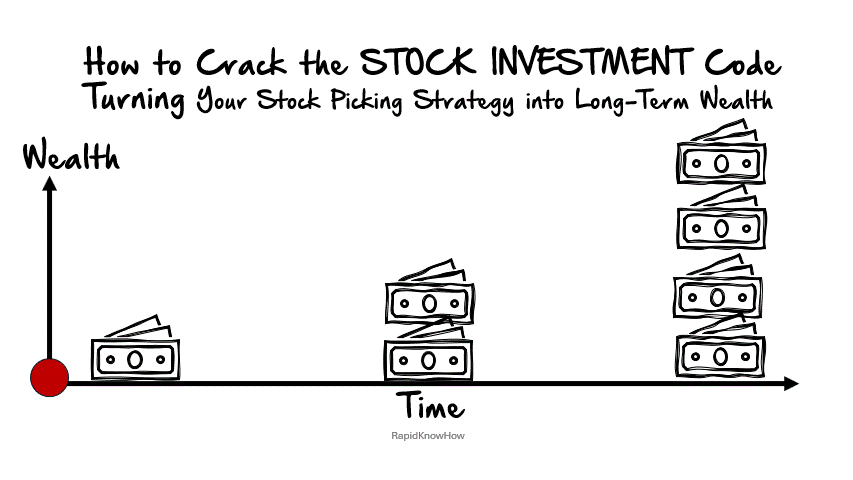The world of stock picking can seem like a labyrinth of numbers, trends, and jargon to the uninitiated. However, with a bit of knowledge and understanding, one can begin to decipher this complex code. This guide aims to provide you with an overview of the different types of stocks and how to identify the best companies for investment.
Types of Stocks
1. Dividend Stocks: These are shares in companies that distribute a portion of their earnings to shareholders in the form of dividends. Dividend stocks can be an excellent choice for investors seeking a regular income stream. They are typically issued by well-established companies with a history of generating consistent profits. However, it’s essential to note that not all profitable companies pay dividends – some may choose to reinvest their earnings back into the business.
2. Growth Stocks: These are shares in companies that are expected to grow at an above-average rate compared to other firms in the market. Growth stocks often do not pay dividends as these companies usually reinvest their earnings to accelerate growth. Investors buy these stocks with the hope that they will profit from capital gains when the stock’s price increases.
3. Value Stocks: Value stocks are shares in companies that are considered undervalued compared to their intrinsic value. These stocks often have lower price-to-earnings (P/E) ratios and may pay dividends. Investors who choose value stocks hope that the market will eventually recognise the company’s true value, leading to an increase in the stock price.
Identifying the Best Companies
When it comes to picking stocks, one size does not fit all. The ‘best’ company for one investor might not be suitable for another due to differences in financial goals, risk tolerance, and investment horizon.
However, there are several key factors that investors generally consider when evaluating potential investments:
1. Financial Health: A company’s financial statements can provide valuable insights into its financial health. Key indicators to look at include revenue growth, profit margins, debt levels, and cash flow.
2. Competitive Advantage: Companies with a strong competitive advantage or ‘moat’ are often good investment candidates. This could be in the form of a unique product, a strong brand, cost advantages, or other factors that make it difficult for competitors to erode their market share.
3. Management Quality: Good management is crucial for a company’s success. Look for management teams with a proven track record of delivering results and aligning their interests with those of shareholders.
4. Valuation: Even the best company can be a poor investment if its stock is overpriced. Various valuation metrics can be used to assess whether a stock is under-, over-, or fairly priced.
Conclusion
Cracking the stock picking code is no easy feat – it requires time, patience, and a willingness to learn. However, by understanding the different types of stocks and how to evaluate potential investments, you can make more informed decisions and increase your chances of achieving your financial goals.
Remember that investing always involves risks and it’s important to diversify your portfolio to spread these risks. It may also be beneficial to consult with a financial advisor or investment professional before making significant investment decisions.
